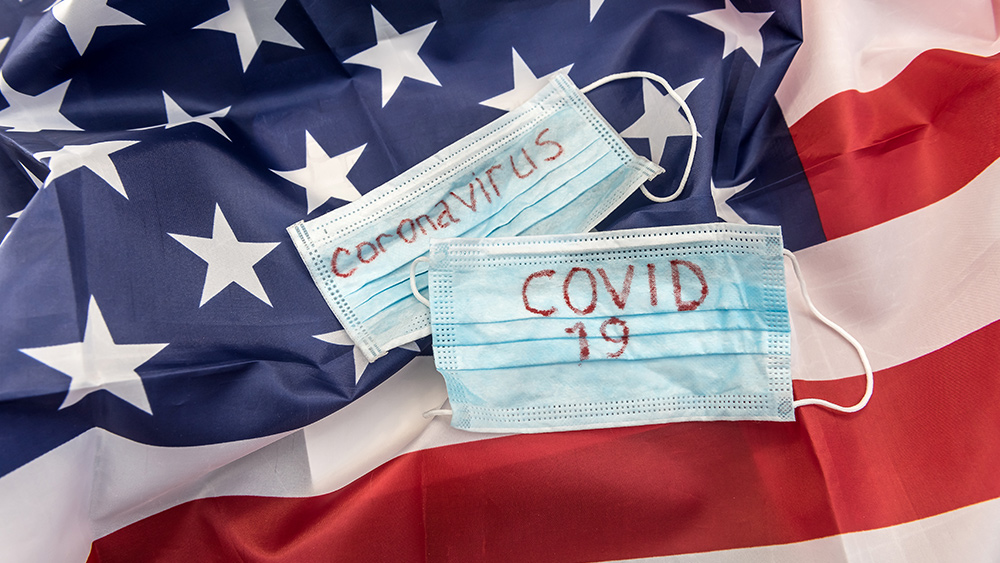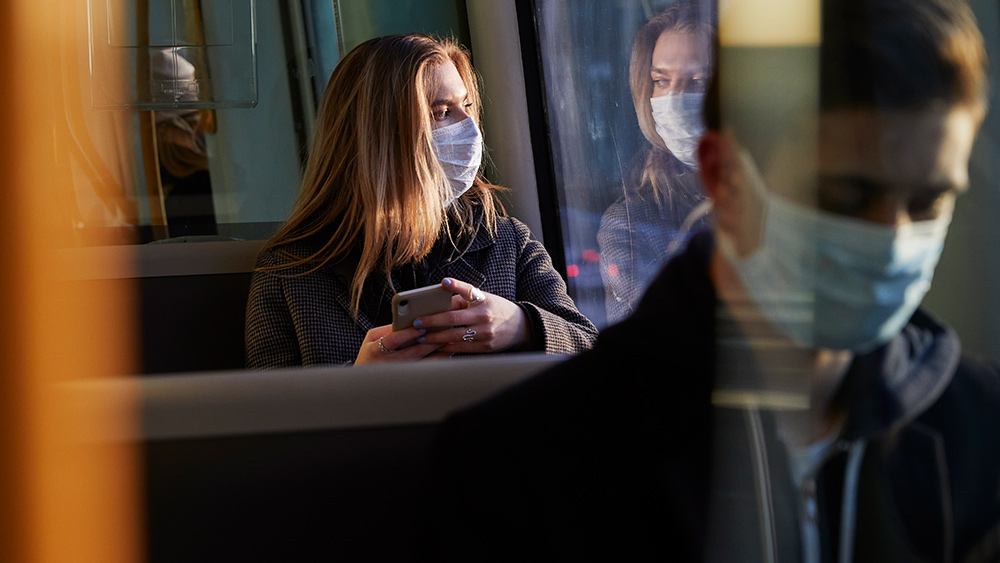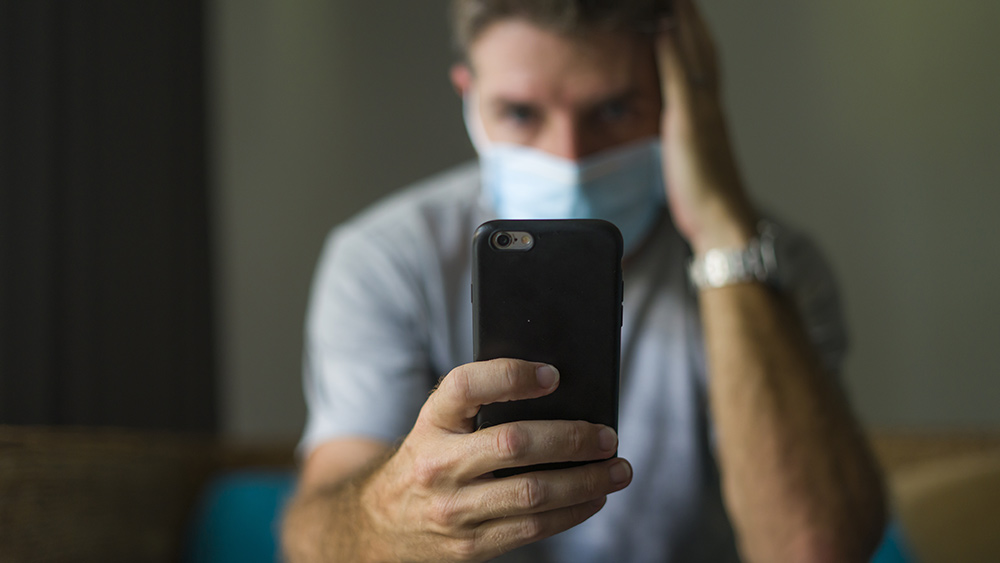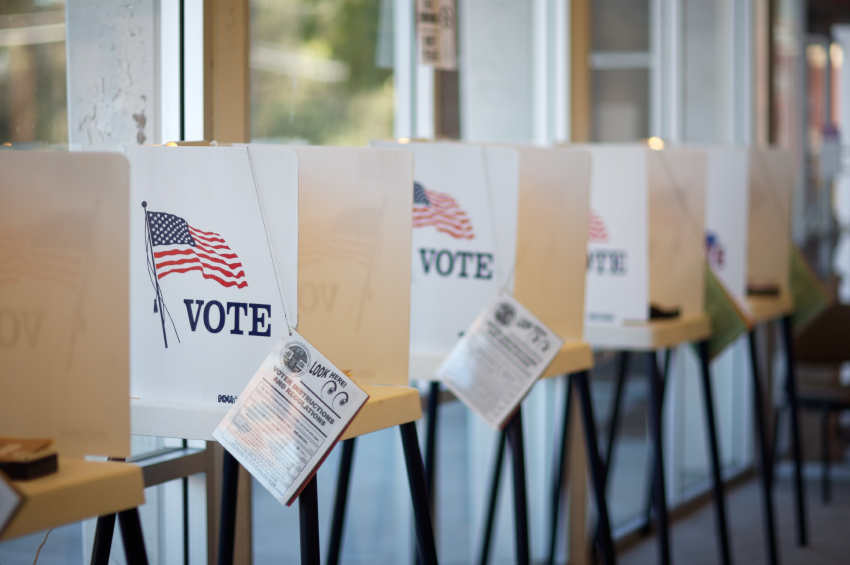
“Absolutely.”
That’s what Robert Redfield, director of the Centers for Disease Control and Prevention (CDC), said after being asked if he would send his grandchildren back to school in the fall amid concerns about the Wuhan coronavirus pandemic.
“It’s not public health versus opening the school versus reopening schools and the economy. It’s public health versus public health,” Redfield said during an appearance on Good Morning America.
Redfield also noted that keeping schools closed could have negative public health consequences, adding that school districts should work with the agency in order to implement its guidelines for reopening. (Related: Coronavirus-enforced remote schooling hurts America’s most vulnerable students.)
In its latest guidelines, the CDC advises K-12 school administrators to teach, monitor and enforce social distancing, handwashing, daily health checks and disinfecting processes.
The CDC says that schools should use the new guidelines while working with state and federal officials in order to develop best practices for their communities in heading off the spread of COVID-19. Aside from a “general readiness assessment” checklist, the guidelines also include planning and implementation for responding if someone becomes sick in their community.
If the school confirms that a person with coronavirus has been in their facilities, the guidelines state that staff and students should be dismissed for at least two to five days. During these times, virtual learning should be used.
“One of the most important things is going to be the role of face masks and the role of social distancing in those classrooms,” he added.
The new guidelines have come under fire from President Donald Trump. In a recent tweet, the president said the new recommendations were “very tough and expensive” and that he would be meeting with the agency regarding the matter.
https://twitter.com/realDonaldTrump/status/1280857657365200902
Despite this, the agency said that it stands by its nine-page checklist, saying that it will provide additional information to help parents and teachers. The guidelines are not mandatory, Redfield added; therefore, communities should not use them as a reason to postpone school reopenings.
The issue of whether schools can reopen comes as parts of the country are seeing an increase in new coronavirus cases. The U.S. currently has a total caseload of 4,032,430 and 144,223 deaths as of reporting time, according to data from Johns Hopkins University. After hitting the Northeast early this year, the coronavirus has made inroads and is now affecting southern and western states. Health authorities reported more than 69,000 new cases and 1,101 deaths Wednesday, among the highest figures on record.
In particular, states that have moved to reopen their economy – including Texas, Florida and Arizona – have either paused plans to move further or reversed course. To note, Washington, Arizona, Florida and Texas have walked back on some of their reopening plans, while California has imposed rollbacks on hotspots like Los Angeles county.
Dr. Anthony Fauci, the director of the National Institute of Allergy and Infectious Diseases, warned last week that the administration isn't doing enough to contain the pandemic, saying that daily cases could reach 100,000 if this continues.
On Wednesday, he doubled down on his statements, saying the coronavirus may never be eradicated, even with the good public health measures in place. Fauci's comments are at odds with Trump’s own pronouncement during a recent White House briefing, when he reiterated his claims that the virus will simply disappear.
“The virus will disappear. It will disappear,” Trump added.
Pandemic.news has more stories about the ongoing coronavirus pandemic in the United States.
Sources include:
Please contact us for more information.





















